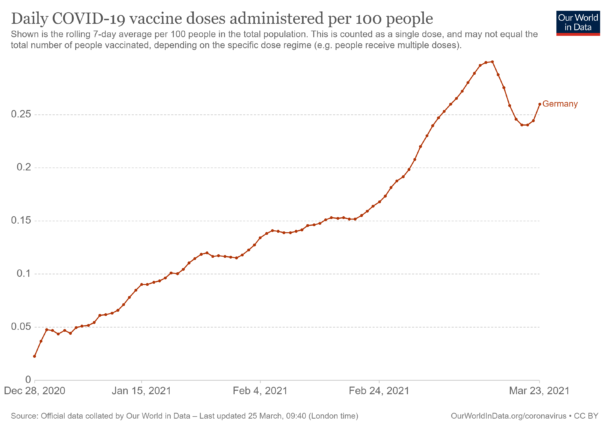Profit after tax hit $1.64 billion (1.24 billion euros) in the three months to March compared with $2.91 billion a year earlier, with the company hit by generic drugs competition, according to a statement.
Group revenues sank 11 percent to $7.34 billion in the reporting period at AstraZeneca, which is in the process of cutting thousands of jobs.
“Delivery on the group’s restructuring plans and continued discipline on operating costs, together with the benefits from a lower tax rate, will only partially mitigate the revenue pressures,” noted Jonathan Jackson, head of equities at brokerage Killik & Co.
AstraZeneca shares tumbled on Thursday to show losses of 5.83 percent to 2,675.30 pence in midday trade on London’s benchmark FTSE 100 index, which was up 0.07 percent at 5,722.88 points.
AstraZeneca said Thursday that Brennan, an American heading the company since 2006, would step down in June, to be replaced by chief financial officer Simon Lowth on an interim basis until a permanent successor was found.
“I just thought it was about time to pass the reins on to a new leader,” Brennan told reporters on a conference call following publication of theresults.
“It was entirely my decision,” he added.
The group had already warned in February that earnings would fall this year as patents on key drugs expired, sparking increased competition from generic drugmakers.
“The anticipated impact from the loss of exclusivity on several brands, together with challenging market conditions, has made for a difficult start to the year in revenue terms,” Brennan said in the earnings release.
“Delivery on our restructuring plans and continued discipline on operating costs, together with the benefits from a lower tax rate, will only partially mitigate the revenue pressures.”
Earlier this year, Brennan announced plans to cut 7,300 jobs by 2014 in a new cost-cutting drive to improve profitability. It axed 12,600 positions between 2007 2009 and removed 9,000 more by the end of last year.



 Please whitelist us to continue reading.
Please whitelist us to continue reading.
Member comments